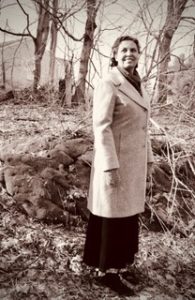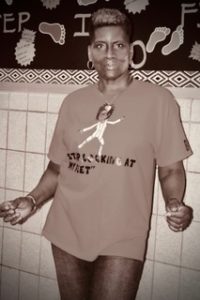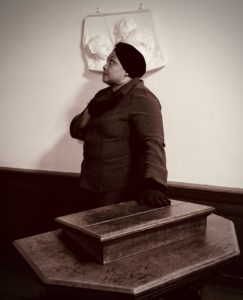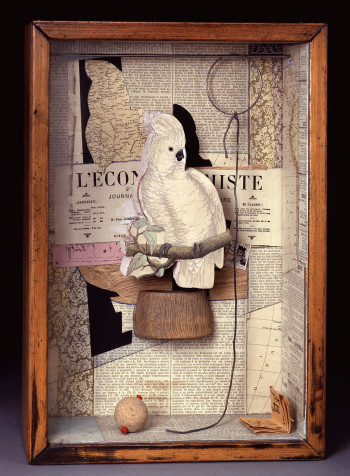My comments on posts 3-17-19
Visual methodologies, evocation, analysis and audiencing
I sometimes feel we don’t talk enough about our images themselves – what they evoke, how we analyze them, and how we disseminate them.
Noor made an insightful comment about the four women standing in front of the statue of Marion Sims in Aderinsola’s image. She highlighted the pride, power and attitude conveyed by their stance, one evoking not only a defiance and a countervisualiy but also a historical narrative about injustice, rebellion, refusal and the 400-year long oppression of people of color in the US. I thought we didn’t give enough time and analysis to that image, but it’s something I hope, Aderinsola, that you think about as you continue with your collage. Did you consciously put that image in the center of your collage?
I’m hoping we get a chance to look together at the images that Gregory, Luis and Lamar uploaded to the Commons site. Notice, in Gregory’s images, the differences in body gestures, settings, and clothes. What do these images evoke for you? How is agency and care (themes central to all your posts today) manifested in those images. What role did Gregory play in their content and the decisions made by the participants? Are these artworks of self-reflection, of pride, of defiance, of advocacy (all of the above?)? How should Gregory and his participants think about curating and audiencing these photos? Do the participants expect a curated exhibition of some sort? Why did they agree to participate?
I was so pleased to see the many drawings that Luis linked to our Commons site. Most of them are, maybe unsurprisingly, pretty literal (and despairing), but there were some energetic scribble-dense images and a few surprising cartoons. Many of these also included text, and we should talk about the role of text in the images themselves. I am curious to hear, Luis, if you think these drawings were successful self-reflective tools or/and if you think they were messages to you – calls for help and understanding (and caring). What are your next steps?
The one image Lamar uploaded was striking for its starkness and clarity. Notice how the diagonal line goes behind the gun not in front of it. The text, too, is blunt. So Lamar, are you going to discuss the drawing with JJ and/or with others? Will you float it in water? As with Luis’s drawings, we need to think about if the drawing helps JJ know his own thoughts and work through them? Is it a cry for help? For action? For advocacy? And how do our answers (and the student’s thoughts) on these questions mediate how we think about audiencing? What are your goals for the drawings?
Comments on your posts re: Wendy’s projects
The central themes of this week’s posts that seemed to revolve around research ethics. These ethics embraced the ethos of care and the demand that research participants be able to exercise the greatest possible degree of agency in all aspects of the research process. We have discussed these ideas in class in relationship to our own work and that of others, and they are explicitly central to Wendy’s projects and I think she would be pleased that her articles sparked discussions about them.
Luis wonders whether researchers “have the right to probe,” but if they do then he finds Wendy’s approach, “respectful of the lives of children,” an admirable way to proceed. Like Luis, Dahlia admires the agency that Wendy facilitates for her participants and the importance Wendy places on the researchers responsibility to make, as she states, “a self-conscious effort to incorporate them [the participants] as producers, interpreters, circulators, exhibitors and social analysts of their own and each other’s images.” Dahlia implicitly sees this effort as central to the very idea of caring for one’s participants, for seeing them as full individuals with their own thoughts and interpretations. If I interpret Dahlia’s post correctly, she also recognizes that the care-demand of recognizing the full humanity of research participants is not always easy to fulfill. This is especially the case when one’s participants are children, who are “vulnerable” and “dependent on adults for survival.” What caring can mean with vulnerable populations is very complicated, and how it is enacted is also not as straightforward as one might hope. Greg is also concerned with facilitating participant-agency as an ethical demand. The participants in his study, in contrast to the youth Wendy works with, are mature women, and so the care and vulnerability embedded in the research process are necessarily different in some ways. Greg, in his pursuit of having his participants be in control of how they are seen by others, writes that “simply placing the camera in the hands of the subject offers a complete liberation of control and possibility.” He also poignantly addressed the deficit of care that marks our educational system and that visual methodolgies might address by noting that one of his participants took her self-portrait at her alma mater saying that the school provided her an education but “did not value her presence and place at the time.” Was her setting then chosen to convey her success despite the school’s expectations of her? Lamar, feeling a kinship with Wendy’s ethical-methodological stance and process during her research thinks of “flipping, ‘photovoice’ to “drawing-voice’ where my students are given the opportunity to use drawings to represent their point of view and experiences to adults both in and outside of school who make decisions.”
Dahlia’s comments made me think again about the role of advocacy in research. Many of us, for reasons related to social justice, work with vulnerable populations and populations that are oppressed and marginalized. We want to make the world better and more just, a place that prioritizes caring for the mental, spiritual and physical health of all. In some ways we are advocating with and for our research participants. What is the relationship between care work and advocacy? Between participant agency and advocacy? Is advocacy by definition something one does for others and is it thus necessarily disrespectful and destructive? How do we think about Wendy’s goals for the projects she conducted with her participants and her goals for the publication of that research (the audiencing of the research)? We can ask the same question of my article and Victoria’s dissertation, and of course about all the work we are doing in this class. I sense a strong advocacy thread in Lamar’s project and Gregory’s project, so these issues may confront them more severely than others, but the micro-meso-macro dimensions of everyone’s work, and your positionality within your own work, needs to be discussed. Good educators are necessarily, I think, advocates for their students.
Issues of empowerment, advocacy and research authenticy are often complicated by contingent events. Remember how, in our last class, Noor profoundly stated that Alysha’s decision to withdraw her name and image from the article I was writing about her may have been empowering even though it emerged from despair rather than from a conscious decision to refuse the right of others to see her (even in ways she had previously affirmed). It was certainly powerful in that I then withdrew my article for consideration.
I think we should all be careful about the claims we make for agency. Agency, even under the most optimal conditions, is always socially and historically mediated and subject to contingency. We might look to Karl Marx, Pierre Bourdieu, Michel Foucault, William Sewell, Dionne Brand and Sadiya Hartman for thinking about how agency is enacted, freed, and transformed.
Luis made some important points about Wendy’s methodology- the meticulous and “rigorous” way that she designed and analyzed her research. These are worth noting and thinking about as we do our own projects. Do you, for example, want to consider a system of coding for the artifacts and conversations your research produces?











